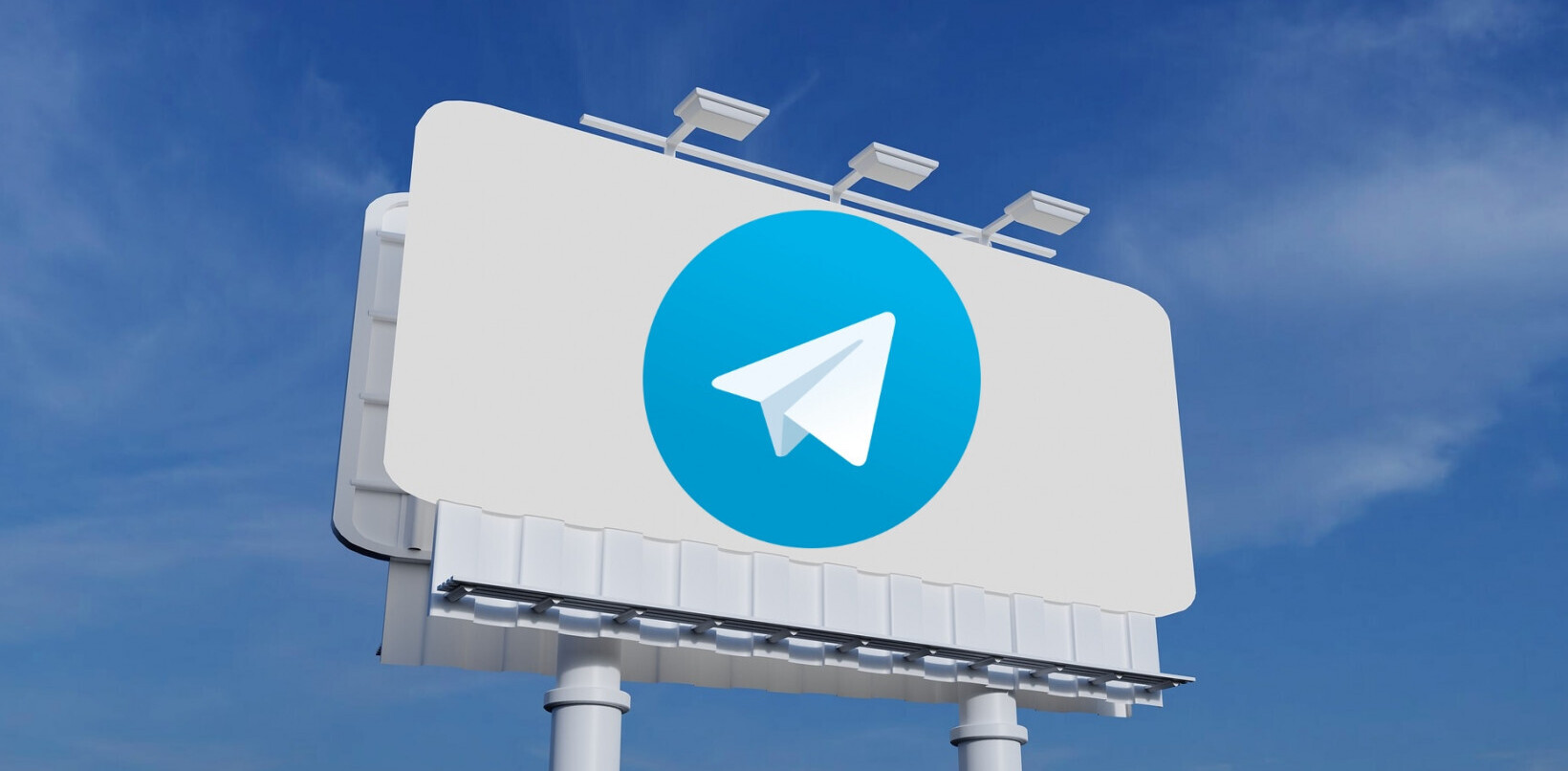
Everybody knows the concept of Software-as-a-Service (SaaS) business model by now. But what not many might realize is that SaaS business lives or dies by its Monthly Recurring Revenue.
MRR is becoming the lifeblood of companies following this unique business model, one that’s only growing in popularity as of late.
But why?
The SaaS market is predicted to grow at a compound annual rate of 17 percent by 2023. Furthermore, the industry as a whole is estimated to grow over $60 million by next year. With such stability and development numbers, it isn’t surprising really that so many tech companies are flocking to the model.
The problem, however, is that even though MRR is a fairly clear metric, it does bring along some challenges. Challenges that companies attempting to adopt the model ought to be aware of to ride the profit train.
In this piece, I’ll talk a bit more in-depth about MRR, and the strategies your company can implement to grow it. So let’s start off with the basics.
Understanding Monthly Recurring Revenue
MRR simply represents all of your company’s recurring revenue, regularized to a monthly figure.
It measures the expected and recurrent incomes generated by your SaaS – subscription-based – business. The idea behind it is that you get to track your billing periods and pricing plans over time in a straightforward manner.
MRR gives you an accurate status update on your SaaS company’s performance and helps you predict the state of your business – and game plan – for the future.
Calculating MRR
Now there are two primary ways to assess your business’ Monthly Recurring Revenue: using the Customer by Customer method, or the Average Revenue Per Account.
Let’s start off with Customer by Customer. This method simply requires you to add up the monthly fee paid by each of your customers.
Imagine you have Customer A playing $200 per month, and Customer B paying $100. Your recurring revenue would be $300.
The problem is that this method is rather monotonous and time-consuming, as most customers will subscribe to different packages or plans, paying varying amounts.
In a good ol’ Excel format, this is how it looks: MRR = SUM (Monthly fees of Paying Customers)
Then let’s move over to Average Revenue Per Account (ARPA). Using ARPA is a more straightforward method to calculate MRR and is usually considered to be a preferable alternative to using the customer by customer form.
With this method, you take the total number of paying customers and multiply it by the average amount your customers pay each month (ARPA).
Say you have five paying customers, and the average amount is $100 per month. Using ARPA, your MRR would be $500 (MRR = 5 x $100).
In Excel format, this would look like: MRR = (ARPA) * (Total No of Paying Customers).
Types of Monthly Recurring Revenue
MRR isn’t completely static and there are actually four categories of MRR your business can receive on a given month:
- New MRR: This is the revenue you get from new customers. For example, if in May you acquire 30 new customers paying $100 monthly, and ten new customers paying $150, your New MRR for May would be $4500.
- Churned MRR: This represents the recurring revenue lost as a result of package downgrades or canceled accounts. For example, if you have three cancellations in May of $100 each, and two plan downgrades of $50 each, your Churned MRR would be $400. Meaning your MRR will decrease by $400 by next month.
- Expansion MRR: This happens when customers upgrade their accounts or buy new features for their existing packages. Expansion MRR is the recurring revenue you get when this happens. Say you have four customers that upgrade their packages from $100 to a monthly fee of $200. Your Expansion MRR would be $400.
- Reactivation MRR: This is what you get when previous customers reactivate their subscriptions. Say you have two lapsed customers reactivate their subscription packages of $200 per month; your reactivation MRR would be $400.
Growing the MRR of your SaaS business
Now we’re getting to the good stuff. Once your business decides to go the SaaS route, keeping up and incrementing your MRR becomes one of your primary goals. After all, MRR is a direct reflection of how profitable your current business strategy is turning out to be — so it’s pretty darn important.
For that, there are a number of tried and true strategies you should consider for implementation in your company. What follows is an overview of 10 of the most popular ones you’ll want to keep in mind as you consider effective alternatives to growing your MRR.
1. Focusing on high-quality offerings and value perception
Your product’s quality should be front-and-center when it comes to SaaS models, as it’s the primary factor your customers turn to when deciding to subscribe. That much should go without saying.
However, once you are satisfied with the qualitative value of your offering, you also need to ensure said value is being conveyed clearly to your customer base.
Having a Unique Selling Proposition (USP) capable of standing on its own and set you apart from the competition is a good starting point.
Constant and effective communication is also vital for this strategy. Avoid just pitching tech jargon and power words in an effort to impress. Instead, make sure to inform your customers about your service, products, their benefits, and how they’ll impact their lives positively.
Pairing high-quality services with clear and honest communication channels is a surefire way to keep your subscriptions active and your MRR growing.
2. Increase your pricing targets
It might sound counterintuitive at first, but product underpricing is actually a challenge that many SaaS companies face.
It tends to happen when there isn’t a solid pricing strategy backing up their business models, or when the business founders become self-conscious about their prices — choosing to underprice their offerings out of concerns for public perception or outright rejection of their services.
In actuality, underpricing a quality product that’s helping people solve real issues or provide useful functions hinders their perceived value. Which unnecessarily hurts your business.
As long as you offer a value-based service, you needn’t worry about losing customers after raising prices. Especially if it was undervalued in the first place.
Businesses that employ this strategy often see their growth and conversion rates improve drastically, as well as a dramatically positive impacting on their MRR.
3. Apply effective expansion tactics (Upsells)
Periodically increasing revenue from your existing customer base is an essential part of a self-sustaining SaaS business model. For that, you need a good expansion tactic.
Offering upgrades for your current product increase the chances of customer retention, which in turn is cheaper than trying to capture new customers.
Upselling on a SaaS model can be accomplished through a series of simple, yet effective tactics:
- Offering more expensive (premium) services and plans.
- Offering extra features for an increased fee.
- Offering specific/customized upgrades to different types of clients or subscription tiers.
- Establishing marketing funnels and advertisement that suggest upgrades to existing clients.
So when you launch a SaaS product, keep in mind how you can continue to add value to it.
4. Maintain a healthy stream of new customers
I know you might feel a “No sh*t, Sherlock” swelling up in your chest with this one. However, you’d be surprised by the number of SaaS companies that neglect this part of their strategy.
Constantly generating the number of qualified leads eventually leads to increased customer acquisition numbers permanently. It’s something that bears mentioning due to the inherent difficulty of getting new subscriptions vs. improving earning from existing ones.
The problem, though, is that if you rely exclusively on getting more revenue from your existing client base, you’ll eventually end up alienating them.
An excellent approach to get new customers is by identifying your target group and focusing your marketing pushes accordingly. Tailoring your efforts to appeal to their wants and needs specifically. It might sound obvious but it’s something you’ll have to keep in mind, so I might as well mention it.
Your business MRR will grow exponentially once you put an effective customer acquisition strategy in play.
5. Split your features
If you are offering your customers all your service’s features in one package, you are literally leaving money on the table.
On average, most elements in a SaaS package are put aside as customers pick and choose the features they need and ignore the rest.
That’s why you should establish a core service; a baseline product stripped from all additional features. Then, offer those extras as different packages, or as add-on services.
Doing so gives you a reliable strategy that splits your SaaS features and inevitably brings in more revenue, as you get to offer upgrades on your packages for those who’d want them.
6. Offer yearly pre-payment plans
Trust me, once you start an annual pre-payment plan, your customer retention numbers increase dramatically.
That said, do keep in mind that it can be relatively challenging to entice customers to opt-in for yearly plans, so make sure to sweeten the deal. Offer decent discounts or throw in other goodies to incentivize customers to take the offering and commit for a longer period than they are used to. It’ll be worth it in the end.
7. Do not neglect customer support
A lot of SaaS companies underestimate the impact of a reliable customer support department on their MRR.
It’s actually a relatively simple equation: make your customer base feel valued and cared for, and your MRR maintains and increases. Don’t, and you’ll struggle along.
Optimizing your current customer support strategy is a fantastic way for SaaS companies to increase their overall revenue.
Make sure your customers are being taken care of and receiving individualized attention. An excellent way to accomplish this is by subcontracting customer support to a dedicated (and trustworthy) third party. Especially once your customer base grows enough that it makes it difficult for you to take care of it yourself.
Keep your customers happy, and not only will they remain with you, but they’ll become fierce advertisement mediums for your company.
8. Avoid free trials
Offering free plans is a common default practice among software companies. However, removing your free plans might be a great way to increase your MRR.
Free plans give customers an opportunity to test your service without commitment, and that in itself holds value. However, the fact that there are no guarantees to retain the customer after the free trial ends does nothing to help your business.
The fact is that when you offer too much for free, upgrade rates decrease. Consequently, lowering free plan features, or using time-restricted free trials instead, has proven to increase upgrade rates in turn.
Take MailChimp as a good example of this strategy. They offer a freemium plan that limits customers to less than 2000 subscribers. Dropbox, another popular service doing something similar, charges their customers based on the amount of storage they use.
Going for similar tactics usually leads to a lessened impact on your MRR, and increase the conversion rates in one fell swoop.
9. Avoid unlimited plans
Many software companies make the mistake of providing unlimited plans.
This is not a good strategy, as it most likely points to a severe underpricing of your product (something I already discussed above).
Remember, if you are providing high-quality value, underpricing is a terrible and costly mistake. One that leads to satisfied customers – customers that enjoy your service – paying just a fraction of what they gladly would, if you priced your product correctly.
10. Provide complementary products (Add-ons)
As your SaaS company evolves, your product catalog will most likely grow to a point where offering complementary products makes sense.
Providing add-on services – or including them in premium plans – is an excellent way to increase revenue and customer acquisition.
You can also play with offering discounted prices for these add-ons and premium plans, to motivate your customer base to upgrade.
When it’s all said and done…
Understanding MRR and purposely applying strategies to keep it increasing is the best way for SaaS companies to continue improving their revenue stream.
As such, keeping a close eye on your MRR becomes an essential aspect of doing business after adopting the Software-as-a-Service model. It will lead to valuable insights into your company development and the effectiveness of your pricing and marketing strategies.
SaaS businesses that understand these metrics and learn to leverage them become agile, and gain a substantial advantage on the market. They are a sure way to be able to offer better products and services to their customers.
TNW Conference 2019 is coming! Check out our glorious new location, inspiring line-up of speakers and activities, and how to be a part of this annual tech extravaganza by clicking here.
Get the TNW newsletter
Get the most important tech news in your inbox each week.




